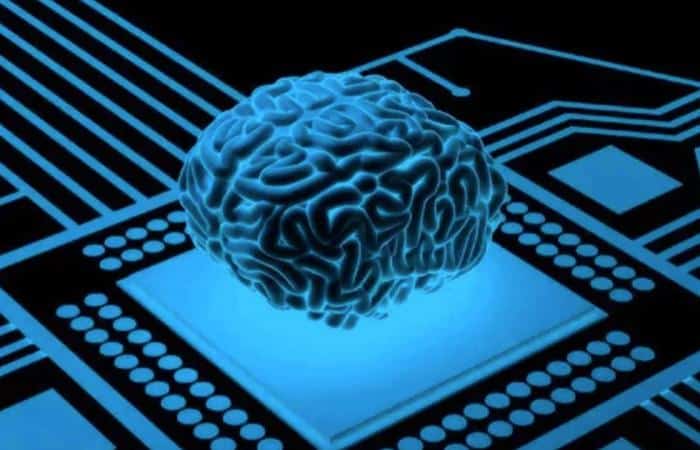Samsung thinks it has a better way to develop brain-like chips: to borrow existing brain structures.
The Korean technology company proposed a method that “copies and pastes” the wiring map of a neuron in the brain onto special, newly developed 3D neuromorphic chips. The approach would rely on an array of nanoelectrodes entering a large volume of neurons to record both where the neurons connect and the strength of those connections. You can then copy that data and “paste” it onto a 3D network of solid-state memory, whether it's standard flash memory or cutting-edge memory like resistive RAM.
A brain map that comes from reverse engineering

Each memory unit would have a conductance that reflects the strength of each neuronal connection in the map. The result would be an effective return to "reverse engineering" to obtain a map of the brain. A sort of return to the past, considering the fact that "rebuilding the brain starting from the brain" was the basic approach of scientists, Samsung said.
What are the possible applications of this method and these new chips? The move could serve as a “shortcut” to artificial intelligence systems that behave like real brains. I'm talking about things like the flexibility to learn new concepts and adapt to changing conditions. According to the researchers of this project, the final result could even lead to sentient and completely autonomous machines.
Are we ready for this?
More than the map of a brain, I have the impression that Samsung should try to consult the map of the future more carefully. If only to avoid risks. There is an obvious problem with the complexity of this project. A human brain has about 100 billion neurons with a thousand times more synaptic connections, an ideal neuromorphic chip would need about 100 trillion units of memory. This is clearly a difficult challenge for any company. Ah! I did not include the "operating system" which should also make this virtual brain work.


